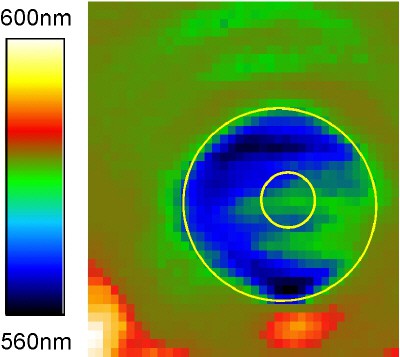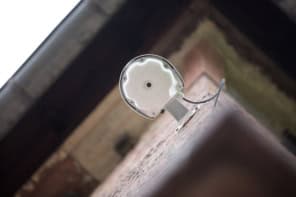Physicists in Switzerland and Germany have made a new type of optical microscope that can produce images without capturing light from the sample. The new device relies on measuring changes in the properties of a gold nano-particle placed next to the sample. The "nanoantenna" could have application in sensing devices (Phys. Rev. Lett. 95 200801).

Scientists have known for many years that the electronic structure of an atom can be modified by placing it close to a boundary. Now, Vahid Sandoghdar and colleagues at the Swiss Federal Institute of Technology (ETH) in Zurich, the Zuse Institute in Berlin, and the University of Potsdam, also in Germany, have exploited this phenomenon to perform high-resolution microscopy.
The new technique is very different from other forms of optical microscopy because it does not involve the detection of photons from the object being imaged. Instead, it relies on measuring how the intrinsic properties of the gold nanoantenna — such as its resonance frequency and line width — change when it is placed close to a sample.
Sandoghdar and co-workers began by mounting a single gold nanoparticle on the end of a glass fibre tip. Next, they focussed white light from a Xenon lamp onto the end of the tip, which excited a resonance frequency in the nanoantenna. Finally, they measured the resonance wavelength and line width of the antenna while scanning it across the surface of a sample (figure 1). By plotting these quantities for different positions of the tip with respect to the sample, they were able to obtain an image (figure 2).
Although Sandoghdar and co-workers used photons to read the spectrum of the nanoantenna, they say that electric current could easily be used to excite a resonance frequency in the gold instead. Moreover, the method is capable of sub-wavelength resolution because imaging takes place very close to the sample in its “near field”.
“I am not sure how far this method will go into applications as a real microscopy method – that is, you give me an unknown sample and I will tell you what it is made of – but one promising application is in sensing,” says Sandoghdar. “We have shown that we can have a controlled nanoscopic probe that is very sensitive to slight changes of the dielectric constant in its surroundings.”




